Vinegar and Acetic Acid: Key Facts and Uses
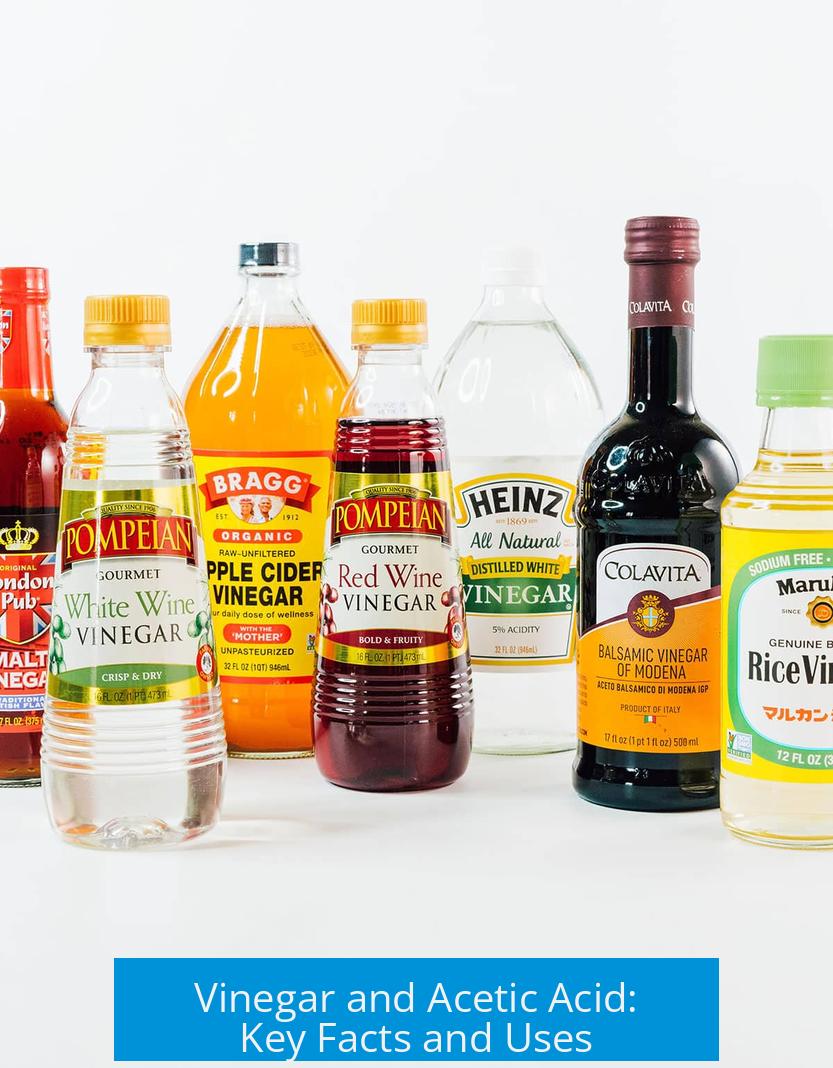
Vinegar primarily consists of acetic acid diluted to around 5-10%, but its composition and safety depend greatly on the source and grade of acetic acid used. While vinegar is commonly linked with food and household uses, understanding the differences between food-grade acetic acid and industrially produced acetic acid is crucial for safety.
Production and Composition
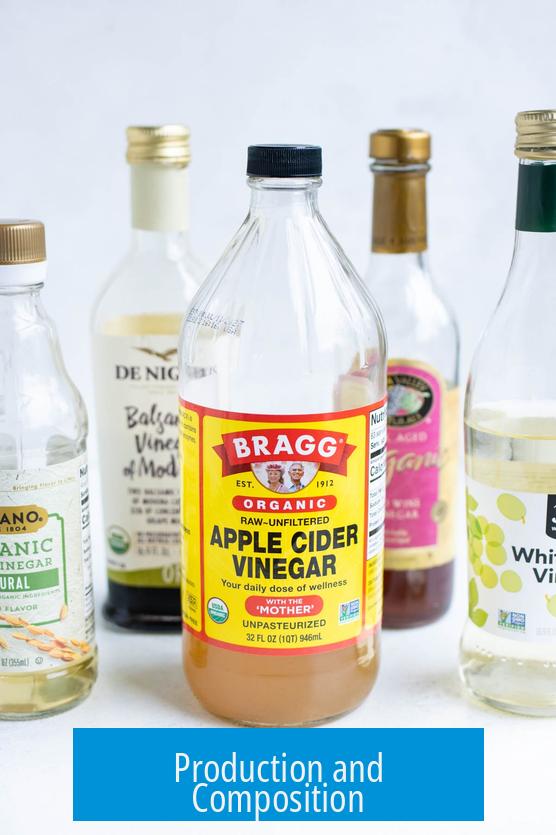
Vinegar is usually made through fermentation and oxidation of ethanol derived from sugars. This natural process produces vinegar with around 5% acetic acid. However, some cheaper vinegars, especially in certain countries, are produced by diluting pure glacial acetic acid to similar acetic acid concentrations.
- Shop-bought vinegar: fermented sugar or ethanol-based
- Non-brewed condiment (common in UK fish and chip shops): diluted glacial acetic acid with added colors and flavors
Legal and Safety Considerations in the UK
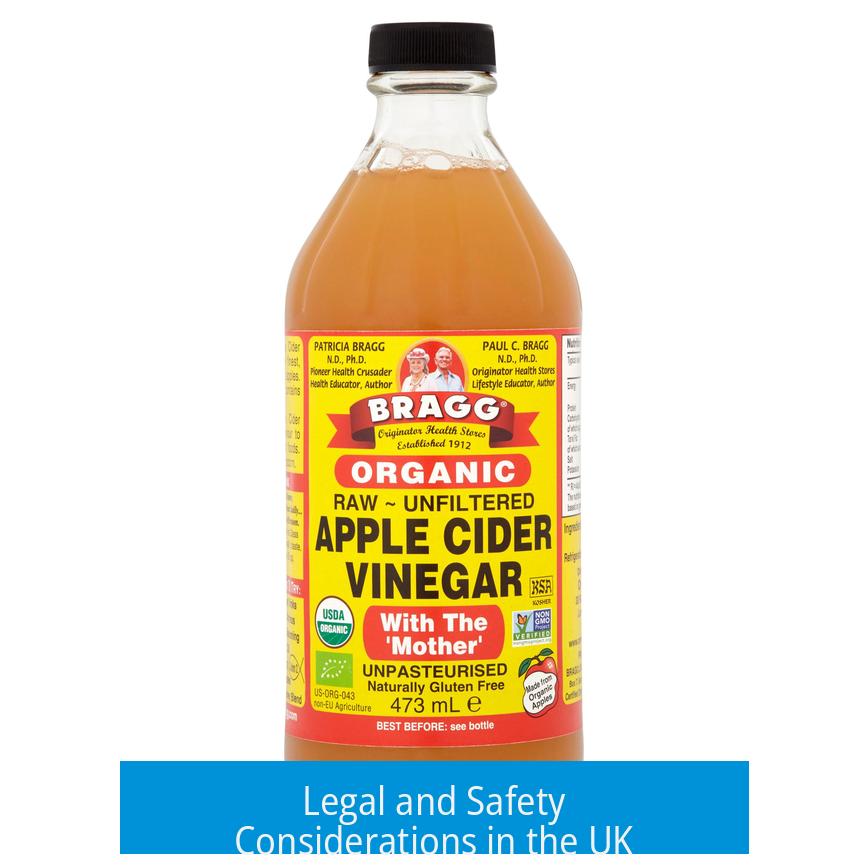
UK trading standards prohibit non-brewed condiment from being labeled and sold as vinegar, although it is commonly referred to that way in informal settings. The safety of acetic acid used in food products depends on its grade. Only food-grade glacial acetic acid is safe for consumption. Industrial glacial acetic acid may contain contaminants and is not recommended for cooking or direct consumption.
Acidity and Flavor Differences
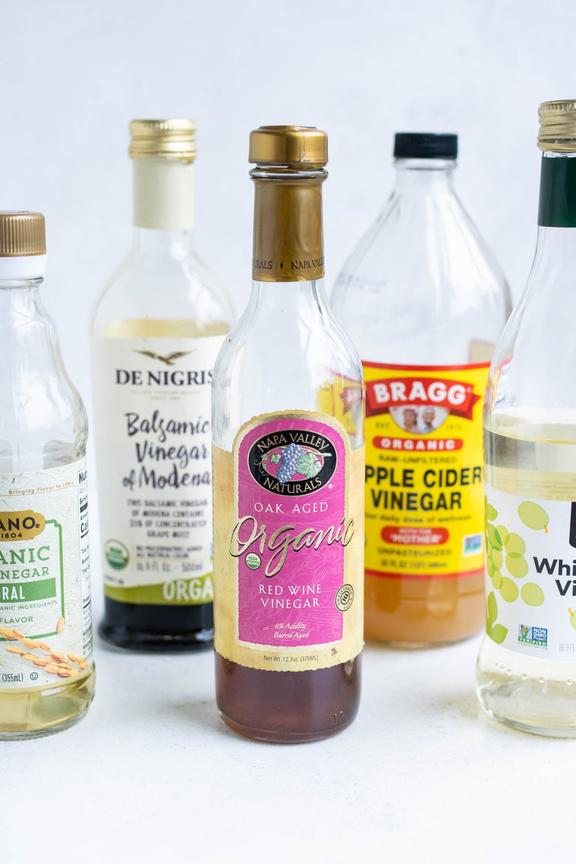
Both vinegar and a 5% solution of acetic acid have comparable acidity levels due to the same acetic acid concentration. Still, vinegar tastes distinct because it contains other organic compounds and flavor elements resulting from fermentation.
Common Uses Beyond Cooking
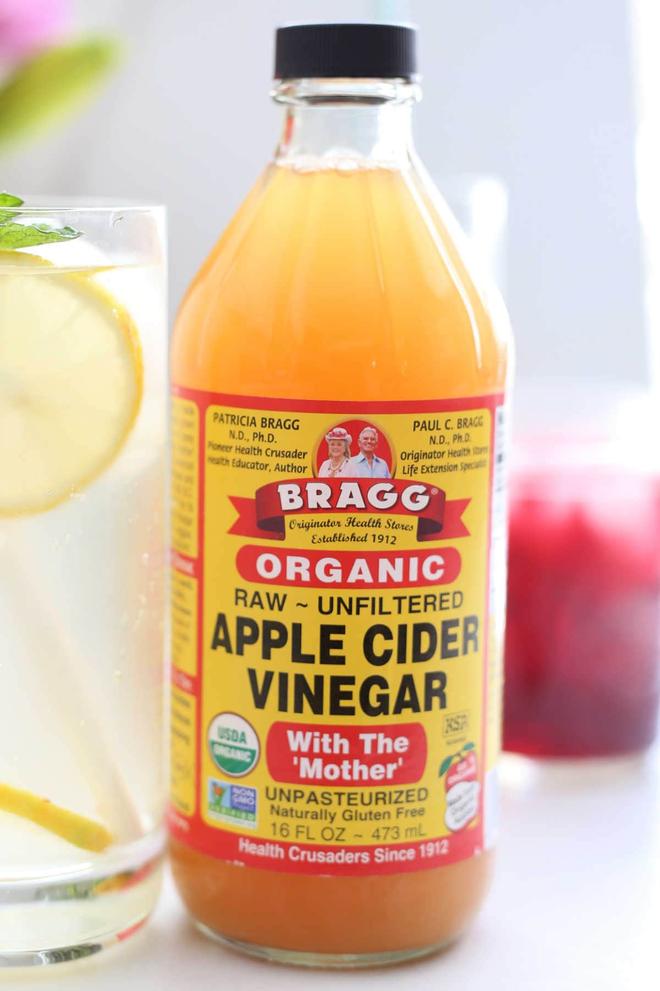
- Apple cider vinegar and weight loss: Research does not confirm weight loss benefits from apple cider vinegar.
- HPV diagnosis: Vinegar may assist healthcare professionals in detecting genital warts.
- Head lice treatment: White vinegar can help loosen nits on hair before treatment.
- Vinegar baths: Adding vinegar to bath water is practiced but should be discussed with a doctor.
Summary of Key Points
- Only food-grade glacial acetic acid is safe for consumption.
- Non-brewed condiment uses industrial acetic acid and is not legally vinegar in the UK.
- Vinegar’s taste differs from pure acetic acid due to fermentation by-products.
- Vinegar has varied household and medical applications but limited proven health benefits.
Vinegar & Acetic Acid: The Tangy Truth You Never Knew
Is vinegar just acetic acid in water? Can you safely drink pure acetic acid? Is the vinegar on your fish and chips really vinegar? Let’s unravel these vinegary mysteries with facts you won’t find at your local grocery aisle.
First off, vinegar isn’t just acetic acid diluted with water, although that sounds close enough for some. The tangy magic that makes vinegar a kitchen staple and a zesty chip shop companion comes partly from acetic acid. But the real flavor story is far more complex, involving fermentation, oxidation, and a splash of tradition.
What Is Acetic Acid? And Is It Safe for Food?
Acetic acid (often shown as AcOH) is the main component that gives vinegar its distinctive sour punch. But here’s the catch: only food grade glacial acetic acid is safe for consumption. You might imagine glacial acetic acid as snow made of acid—it’s pure and potent.
According to UK law, non-food grade acetic acid is definitely off-limits for eating or drinking. Even if it’s labeled as “vinegar” in some places, that’s a no-go. On the flip side, if you have genuine food grade glacial acetic acid, theoretically, you could drink as much “non-brewed condiment”—a chippy’s name for industrially diluted acetic acid—as you like, although we don’t recommend turning into a vinegar connoisseur overnight.
However, a word of caution: glacial AcOH can sometimes be contaminated. So, cooking with it isn’t advisable. Contaminants might sneak in during the manufacturing or packaging process, posing health risks. This explains why genuine vinegar is safer and tastes much better.
How Is Vinegar Made? The Old School Way Versus the Quick Fix
Authentic vinegar primarily comes from fermenting sugars into ethanol, then letting bacteria oxidize that ethanol into acetic acid. This process produces a complex mix of compounds contributing to its rich aroma and flavor.
In many countries, especially the UK, cheap vinegar varieties aren’t really brewed. Instead, they dilute pure glacial acetic acid to about 5-10%, add colorings and flavorings, then package it as vinegar—or “non-brewed condiment.” It tastes different and isn’t officially vinegar by UK trading standards, though fish-and-chip shops stubbornly swear by calling it that.
The difference is more than just semantics. Real brewed vinegar includes a cocktail of organic acids, esters, and other compounds that balance tartness with flavor. The industrial stuff: pure acid, no soul.
Why Does This Matter for Your Taste Buds and Health?
Think about it. A 5% solution of pure acetic acid might match the acidity level of regular vinegar. Still, it tastes so stark and one-dimensional that you’d squint and ask, “Is this really vinegar or just really sour water?”
Choosing the right vinegar impacts recipes and health alike. Take apple cider vinegar, for example—it’s a fermented juice made from crushed apples, low in acetic acid but rich in other compounds. Despite trendy claims, research shows it’s unlikely to cause weight loss. So before you dump gallons on your salad or drink shots for slimming, know the science doesn’t fully back those claims.
Vinegar: A Home Remedy With Some Surprises
Vinegar’s uses extend beyond the kitchen. For example, in some medical settings, vinegar helps diagnose HPV by highlighting warts. It’s also known in households as a natural remedy for head lice. Applying white vinegar before washing might help dissolve the “glue” that attaches nits to hair shafts.
Even quaint vinegar baths have floated around. Adding a cup of vinegar to a warm bath is said to soothe skin conditions or balance pH, but it’s wise to check with your doctor before turning your bathroom into a vinegar spa.
What About Safety and Legal Stuff in the UK?
Vinegar laws in the UK make clear distinctions. “True vinegar” comes from fermentation. Industrial dilutions may look and taste similar but legally cannot be sold as vinegar. Nonetheless, people nationwide still douse their fish-and-chips with “vinegar,” which often turns out to be the non-brewed condiment.
If you’re thinking about cooking with glacial acetic acid, stop. The risk of contamination or handling errors can lead to burns or poisoning. Stick to store-bought vinegars for your salad dressings and marinades. They’re safe and packed with the flavors that make vinegar beloved worldwide.
Tips for Enjoying and Using Vinegar Safely
- Buy vinegar from trusted brands that specify brewing and fermentation processes.
- Don’t buy vinegar-like substances labeled as “non-brewed condiment” for cooking or direct consumption.
- Avoid using glacial acetic acid unless you clearly know it’s food grade and safe.
- Explore culinary vinegars like apple cider or balsamic to add nuanced flavor, not just acidity.
Ever wondered why your balsamic vinegar tastes so richly complex compared to white vinegar? It’s all in the aging and fermentation, weaving hundreds of subtle compounds together. Industrial acetic acid drops that depth right out.
In Summary: Vinegar Is Much More Than Just Acetic Acid
Vinegar’s soul lies beyond acetic acid’s sharp bite. It’s a crafted product that carries heritage, chemistry, and yes, legal definitions too. The vinegar your grandmother used, the splash on your chips, and the apple cider you hear about in wellness blogs—each is a different story.
So next time you reach for that vinegar bottle, remember: the label matters, the production method matters, and your health definitely matters. Dive into the complexity, enjoy the flavor, but never mistake industrial acid for the vinegar of tradition.
Are you ready to savor vinegar the right way? Your taste buds, and possibly your doctor, will thank you!
What is the difference between food grade acetic acid and glacial acetic acid?
Food grade acetic acid is pure and safe for consumption. Glacial acetic acid is more concentrated and can be contaminated, so it is unsafe for cooking or direct ingestion without proper dilution.
Why is vinegar from fish and chip shops called “non-brewed condiment”?
This vinegar is made by diluting industrial glacial acetic acid with color and flavor additives. It is not brewed like traditional vinegar and thus cannot legally be sold as vinegar in the UK.
Does vinegar’s acidity come only from acetic acid?
While acetic acid is the main acid in vinegar, vinegar contains other compounds from fermentation that affect its taste and acidity, making it different from just a water and acetic acid solution.
Can apple cider vinegar help with weight loss?
There is no scientific proof that apple cider vinegar aids weight loss. Some people claim benefits, but research has not confirmed that it helps people slim down.
How can vinegar be used for head lice treatment?
Rinsing hair with white vinegar may dissolve the glue holding lice eggs to hair. This helps in removing nits before applying lice medication for better results.


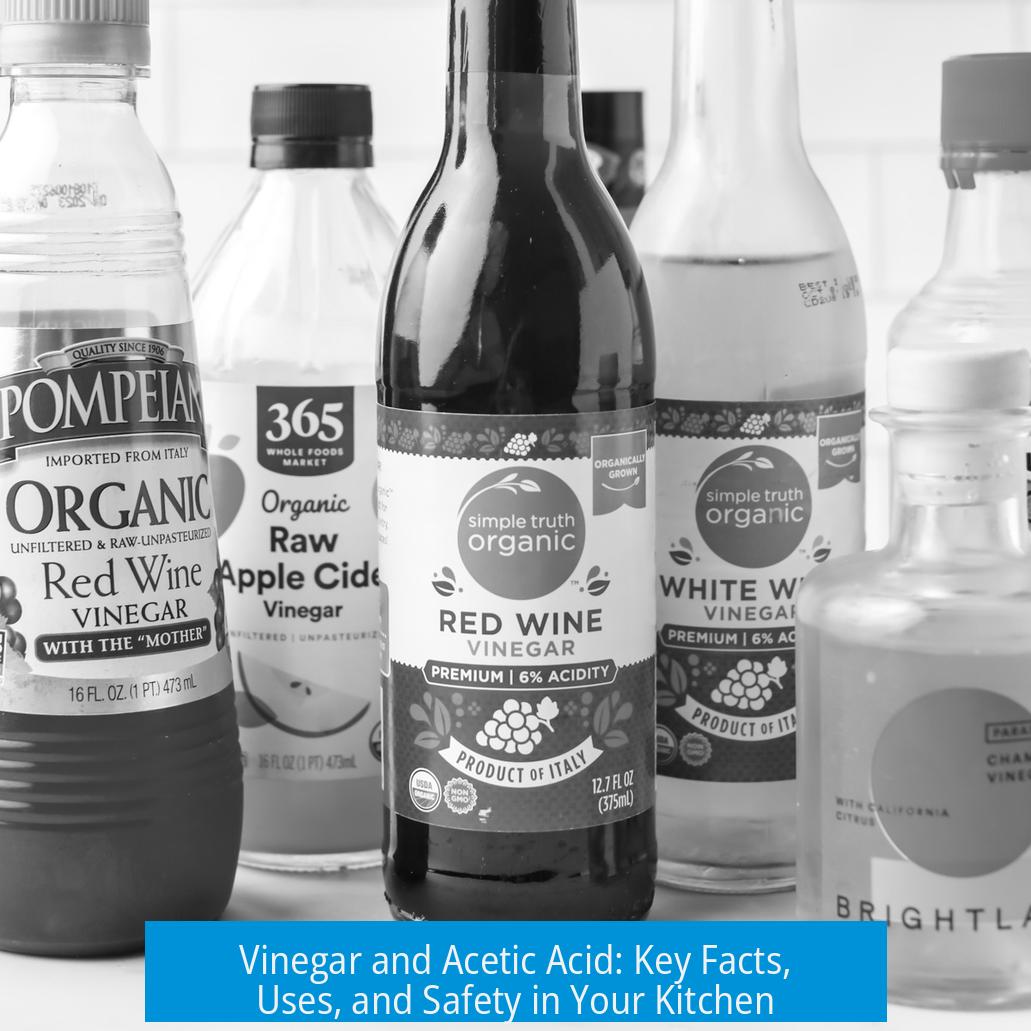
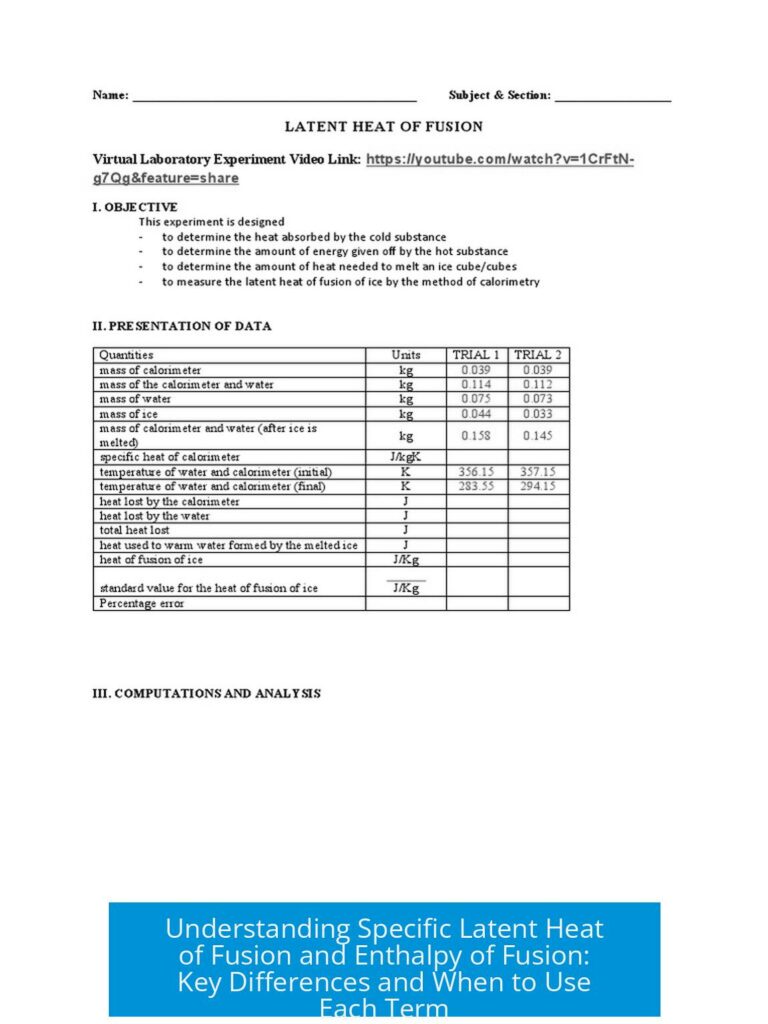
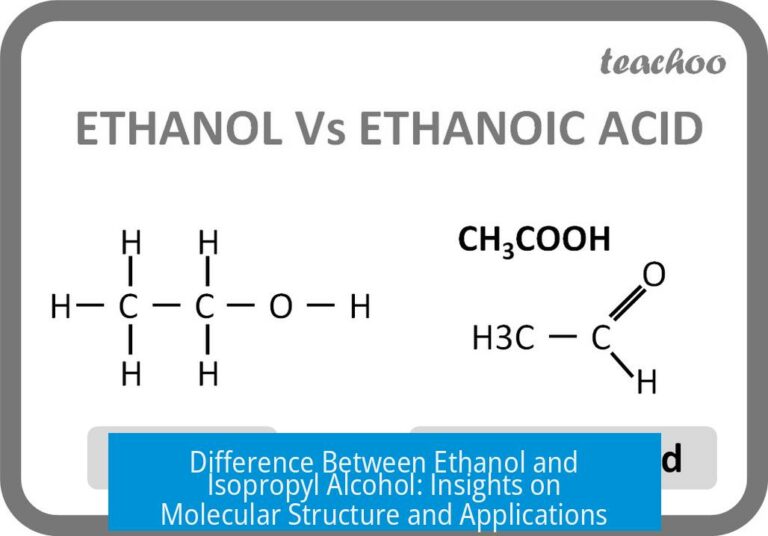
Leave a Comment